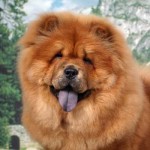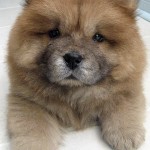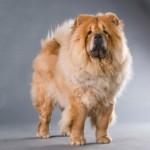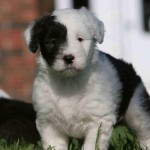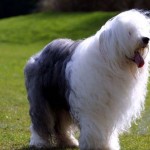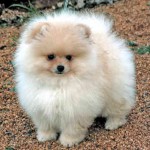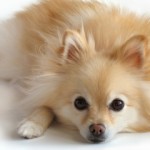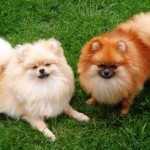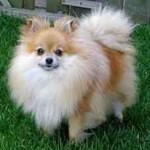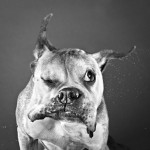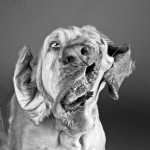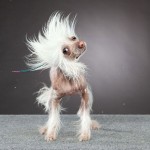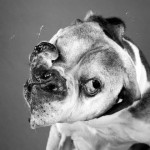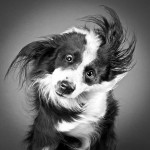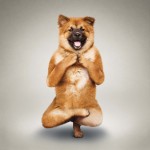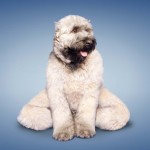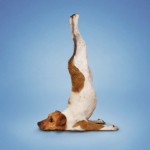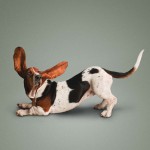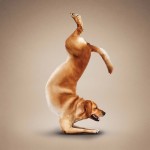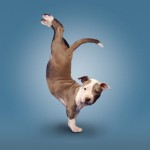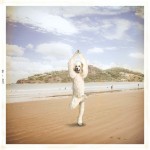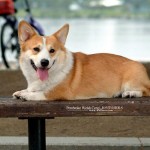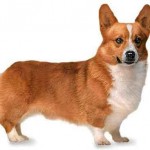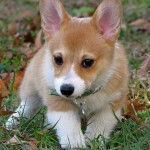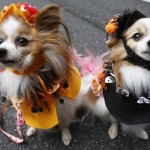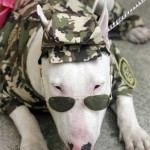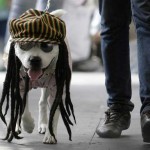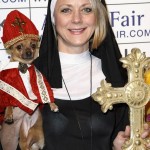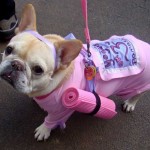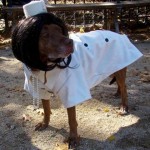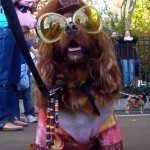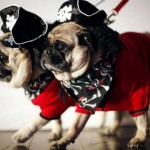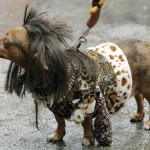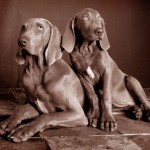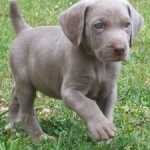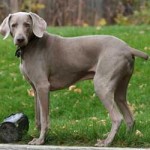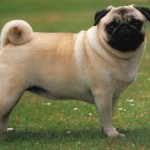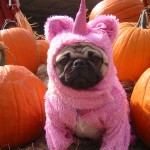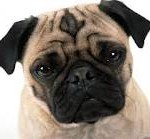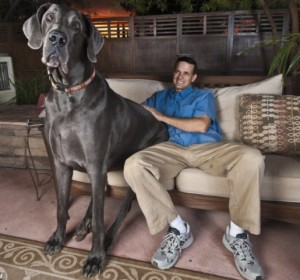The Chow Chow is a large, stocky dog. The two most distinctive features of the Chow Chow are its blue-black tongue and its almost straight hind legs, which makes it walk rather stilted. The head is large and broad with a flat skull. The muzzle is broad and deep. There is a huge ruff behind the head, which gives it a lion like appearance. The black nose is large with well open nostrils. The teeth meet in a scissors bite. The small, erect ears are triangular in shape and round at the tip. The almond-shaped eyes are deep-set and dark in color. The chest is broad and deep. The tail is set high carried very close to the back. Dewclaws are sometimes removed. The profuse, dense, furry coat comes in two varieties, smooth coat and rough coat. The most common colors are solid red, black, blue, cinnamon and cream, but it can also come in tan, gray, or a rare white. The coat sometimes has lighter or darker shades, but is never parti-colored.
———————————————————————————————————————
El Chow Chow es un perro grande y robusto. Las dos características más distintivas del Chow Chow son sus lengua azul-negro y sus patas traseras casi rectas, lo que lo hace caminar en lugar afectado. La cabeza es grande y amplia con un cráneo plano. El hocico es ancho y profundo. Hay un enorme collar detrás de la cabeza, que le da una apariencia de león. La nariz es grande negro con las ventanas bien abiertas. Los dientes se unen en una mordida de tijera. Las orejas pequeñas, erectas son de forma triangular y redonda en la punta. Los ojos almendrados son profundos y de color oscuro. El pecho es amplio y profundo. La cola es de inserción alta llevadas muy cerca de la parte de atrás. Los espolones son a veces eliminados. La profusa, densa capa, peludo se presenta en dos variedades, buen abrigo y pelo duro. Los colores más comunes son sólidos de color rojo, negro, azul, canela y crema, pero también puede entrar en fuego, gris, o un color blanco. La capa tiene a veces tonos más claro o más oscuro, pero nunca multicolor.

